What is Solar Geoengineering
Team
Aliquam eleifend neque quis quam vehicula condimentum. Vestibulum ante ipsum primis in faucibus orci luctus et ultrices posuere cubilia curae.
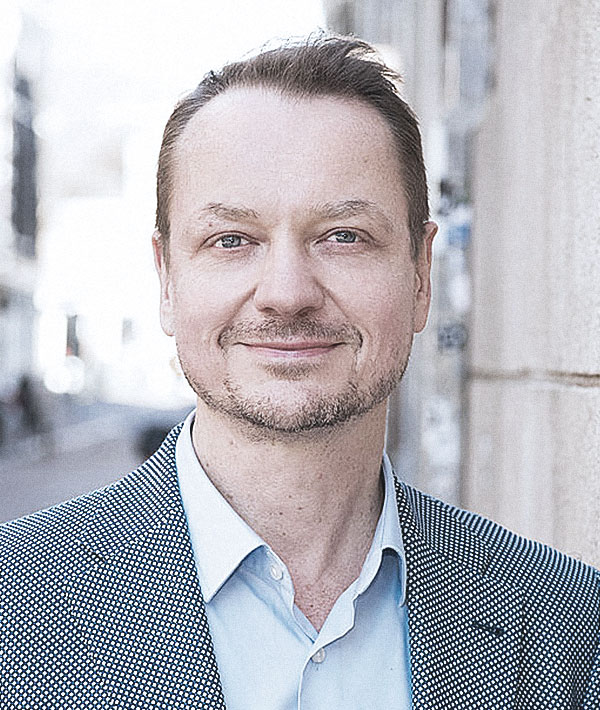
Prof. Frank Biermann (co-lead)
Professor of Global Sustainability Governance, Copernicus Institute of Sustainable Development, Utrecht University

Prof. Aarti Gupta (co-lead)
Professor of Global Environmental Governance, Wageningen University
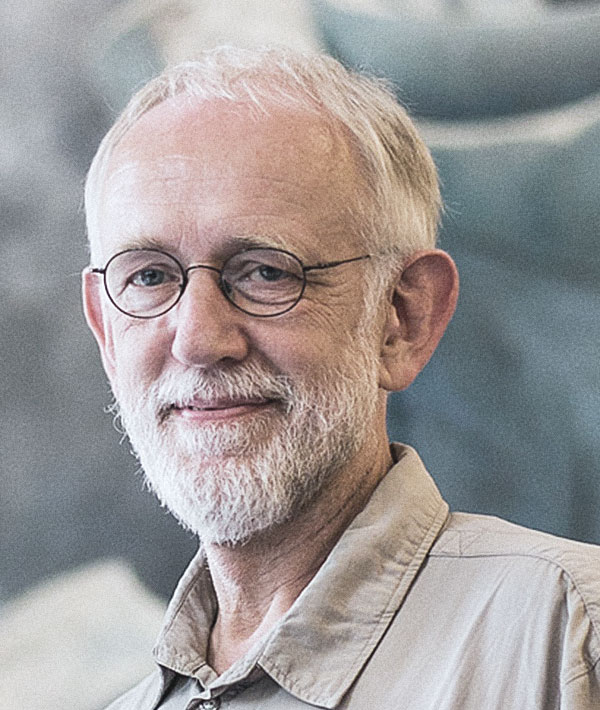
Prof. Wolfgang Cramer
Professor, Director of CNRS, Mediterranean Institute for Biodiversity and Ecology (IMBE), Member of Academie d’Agriculture de France
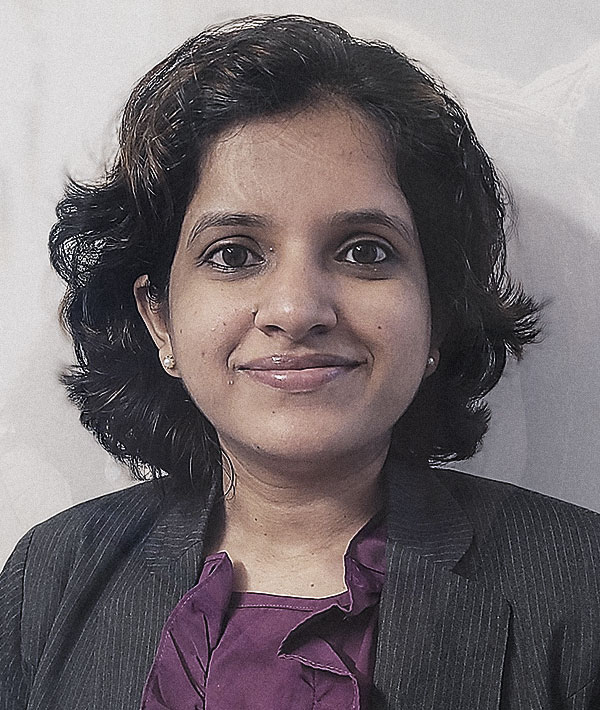
Dr. Dhanasree Jayaram
Assistant Professor, Manipal Academy of Higher Education
Research Fellow, Earth System Governance

Assoc. Prof. Rakhyun E. Kim
Assistant Professor of Global Environmental Governance, Utrecht University
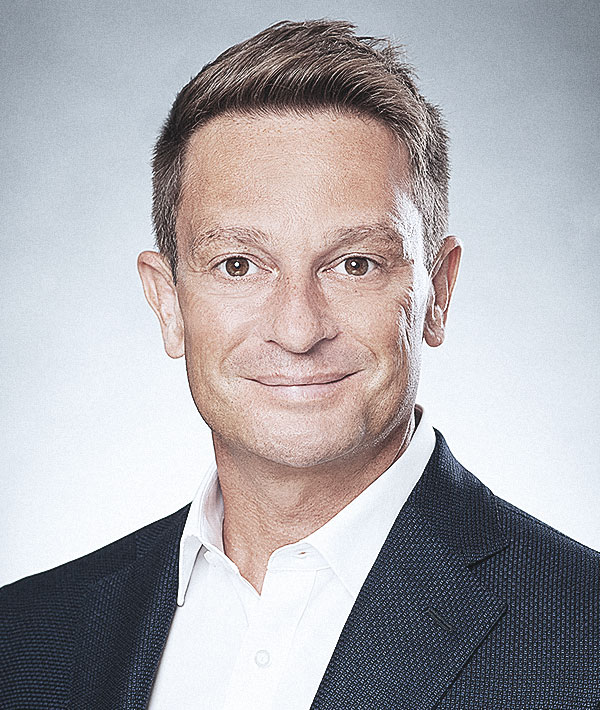
Prof. Louis Kotzé
Research Professor, North-West University South Africa; Senior Professorial Fellow in Earth System Law, Lancaster; Klaus Töpfer Sustainability Fellow, Institute for Advanced Sustainability Studies, Potsdam

Prof. Chukwumerije Okereke
Professor of Climate Governance and International Development and Director of the Centre for Climate Change and Development at the Alex-Ekwueme Federal University Ndufu-Alike

Prof. Raymond T. Pierrehumbert, FRS
Halley Professor of Physics, University of Oxford
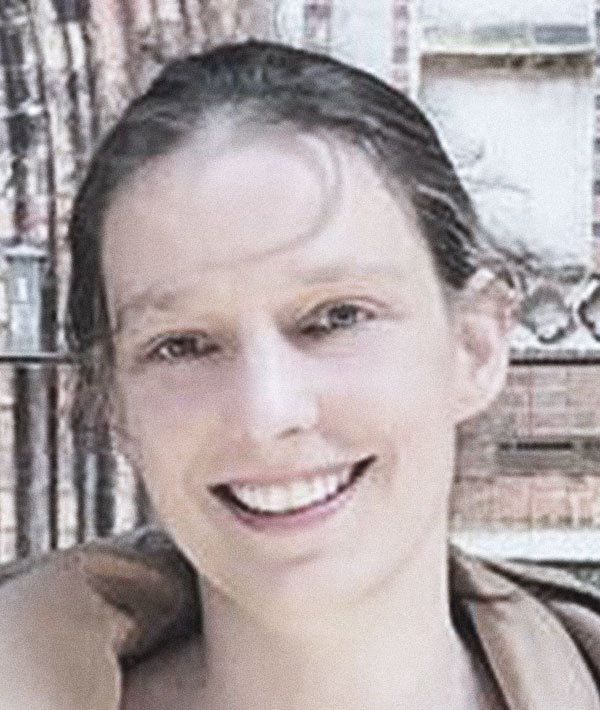
Dr. Dana Ruddigkeit
Researcher and Policy Advisor for Public International Law, Department Sustainability Strategies and Sustainable Resource Use – German Environment Agency
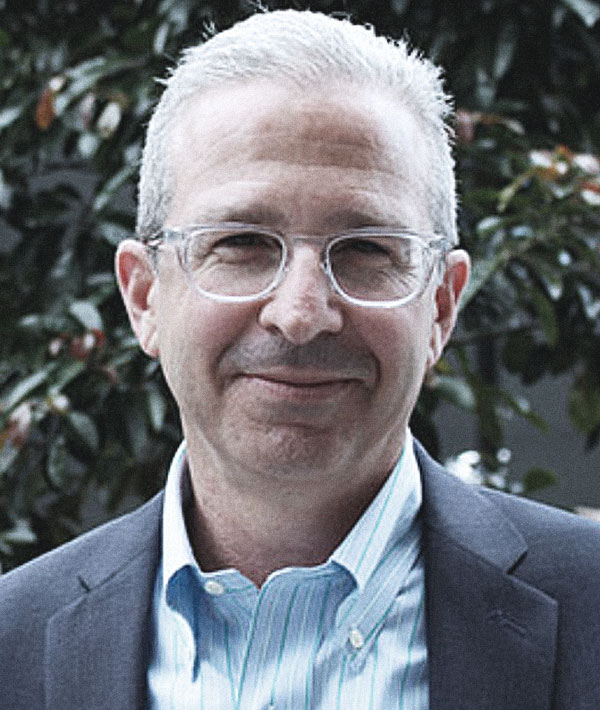
Prof. David Schlosberg
Director, Sydney Environment Institute and Professor of Environmental Politics, University of Sydney. Fellow of the Academy of Social Sciences of Australia; Member of Expert Working group on Just Adaptation, Future Earth Australia and the Australian Academy of Science.
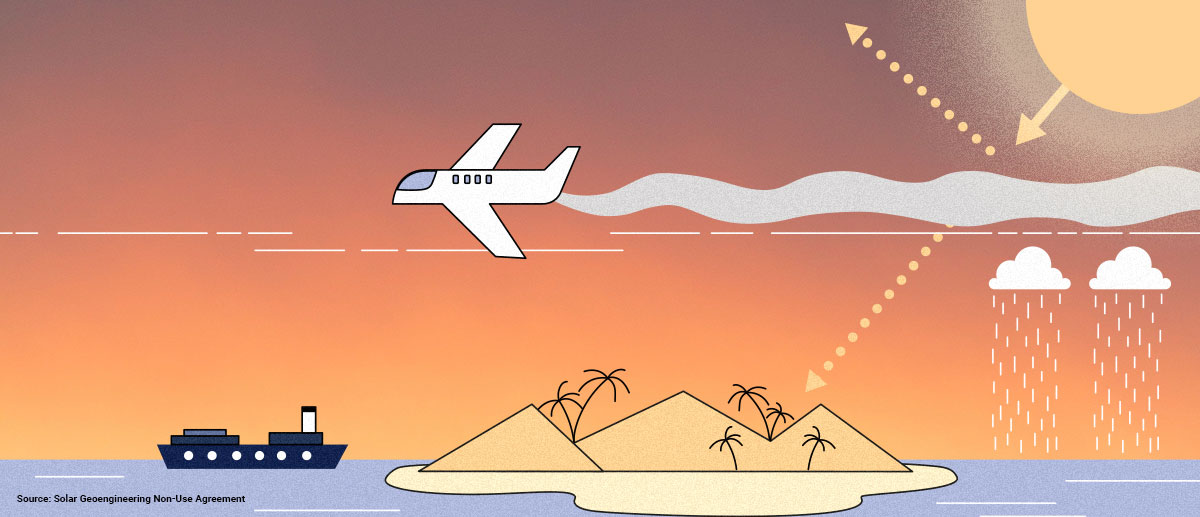
Solar geoengineering (also known as solar radiation management or modification, SRM), refers to a set of speculative technologies to lower global temperatures by artificially intervening in the climate systems of our planet. Simply put, solar geoengineering interventions would reflect some incoming sunlight back into space and hence ‘dim the sun’.
Solar geoengineering is highly controversial. It is risky and uncertain. It does not address the root cause of climate change, that is, greenhouse gas emissions and concentrations. Instead, solar geoengineering focuses on ‘symptom treatment’, seeking to limit global warming by merely masking the effect of greenhouse gas emissions.
The most prominent example of solar geoengineering is stratospheric aerosol injection (SAI), which calls for injecting tiny reflective particles into the stratosphere, for example, by airplanes or balloons. These particles would scatter and reflect some incoming sunlight back into space. The idea for stratospheric aerosol injection draws on volcanic eruptions and their cooling effect on the climate system. A widely cited source of inspiration is the 1991 Mount Pinatubo eruption in the Philippines, which hurled large amounts of sulphur into the troposphere and stratosphere with a cooling effect on global temperatures.
Stratospheric aerosol injection is the most prominent example of solar geoengineering because it would be used to influence the climate at a planetary scale, seems technically feasible, and is seen as affordable.
Other examples of solar geoengineering are:
- Marine cloud brightening: this would make clouds brighter, to reflect more sunlight back into space. Mostly, this aims at more regional effects.
- Cirrus cloud thinning: this would make cirrus clouds thinner, which on average trap more heat than they reflect back into space.
- Space mirrors: this outlandish idea proposes to place mirrors in space to reflect sunlight, aiming to cool the whole planet. It is not widely researched nor taken seriously.
A few countries have published overviews of the technical aspects of solar geoengineering, for example in the United States (NAS), the United Kingdom (Royal Society) and Germany (Eu-TRACE). NGOs have also provided critical assessments of geoengineering, such as the ETC Group, together with the Heinrich Böll Foundation (here).
For more information on the risks of solar geoengineering, see our Resources page.
Important: The term ‘geo-engineering’ is used for many different technologies, in addition to solar geoengineering. In the domain of climate change, it is sometimes also used to describe various ways of removing carbon from the atmosphere and storing it. We do not express an opinion on carbon removal technologies here.